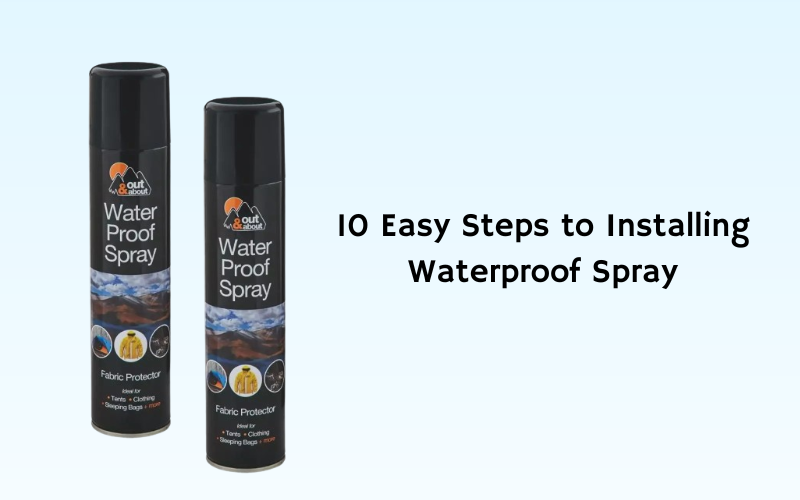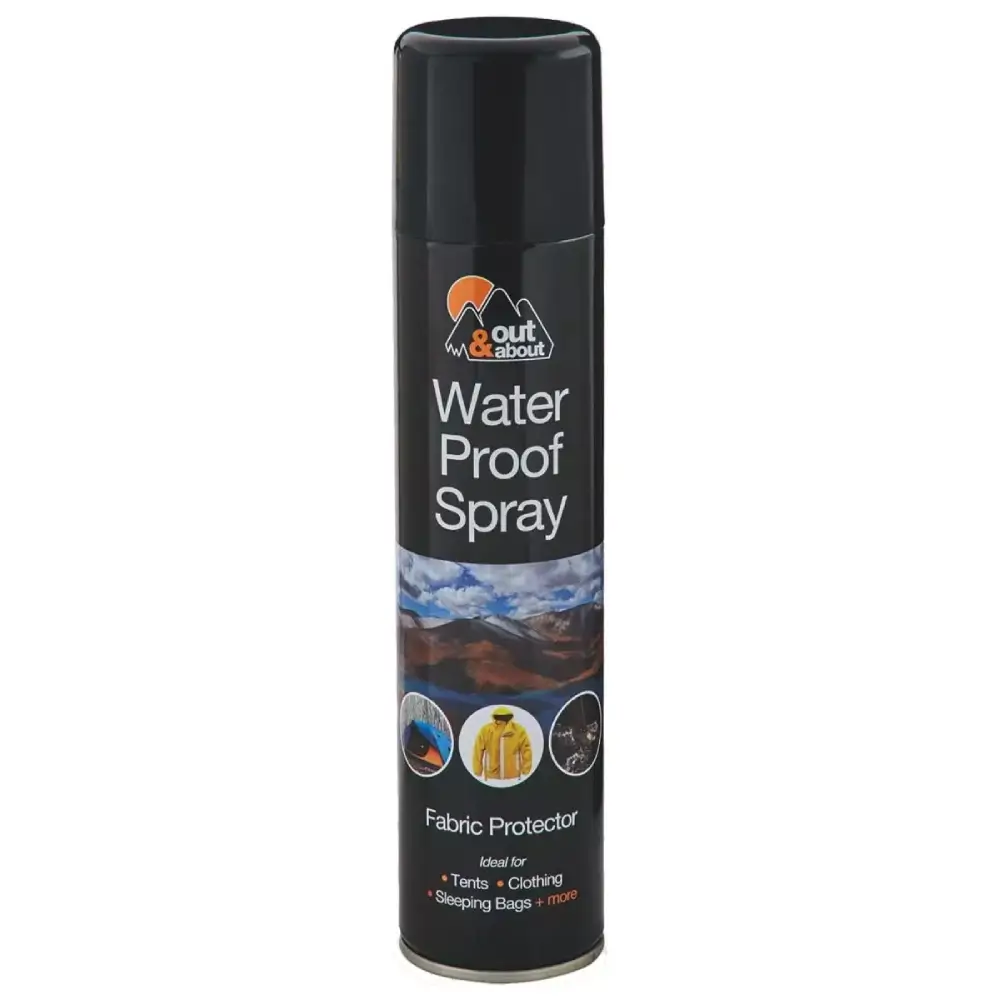
An innovative new sealing system, Sealing Solutions uses elastic polyurethane technology. You won’t need any extra liquid sealing substance to apply the self-adhesive sealing Out and about waterproof spray to your walls or floors.
An antimicrobial coating covers the top side of the fleece, making it a perfect surface for any tile glue. To make shower walls waterproof, sealing techniques are the way to go.
10 Easy Steps to Waterproof Your Bathroom (SAM)
Any bathroom or damp area needs waterproofing, regardless if it’s an existing structure or a newly built one. This article will provide you with a brief outline of 10 easy procedures to waterproof the bathroom or shower with Out and about waterproof spray.
The tiler and installer should go over the installation guide as well as any unique features before the installation begins. If you want the most significant outcome, follow this advice thoroughly. Professionals with the proper training and experience should ideally carry out the installation according to all applicable building codes.
Step 1: Verify Staple Adhesion
Use the little test strip that comes with the membrane to see how well it bonds to the surface before you install it. Take the foil from the sheet and stick it to the wall. Keep your grip on the grey fleece strip as you draw it down towards the wall.
Step 2: Scrub the Surface
Please ensure that the walls and floors are clean before beginning the installation process. For the best bonding results, make sure the surfaces are clear and tidy of anything that could reduce adhesion, such as dust, acid, or oil. The floor must be completely free of moisture or any grease.
Step 3: Connect the corners
Put the corner pieces on first. Apply both the inner and outer corner pieces (included) to every corner. You can cut these corner pieces to size if you need them to be shorter. Before you put the back corner piece on the floor, take off the foil at the bottom.
The next step is to peel off the foil and stick it to the wall. Apply pressure while using the sponge or spatula to extract any air pockets that may form. If you want to know how to weatherproof shower walls, the answer is corner pieces.
Step 4: Tape Off All Sides and Corners
Use the corner closing tape to seal all four corners. After removing the protective layer, use the spatula or squeegee to press down on the material and squeeze out any air pockets. The end sealing tape must overlap the corner pieces entirely.
Step 5: Protect the plumbing fixtures from water
To prevent water damage, seal any pipes or fittings that protrude from the floor or surfaces using the wall sleeves that come with the kit. Before adding sleeves, ensure that there is no gypsum or cement residue at the wall-to-pipe transition. Sleeves in sets range in size from DN50 to DN100 as well as 1/2 inch. Firmly press out any air bubbles or wrinkles with the spatula or squeegee.
Step 6: Apply the membrane to the walls
Starting at the reverse, carefully peel off approximately 10 cm of protective foil before applying the waterproofing membrane. Be careful to connect the membrane with the corner closing tape, and make sure to apply the tape from top to bottom.
It is possible to layer a new waterproofing membrane strip over an existing one that has a dark-colored, nonfleece stripe that is 5 cm / 2″ broad. Verify the proper application of the membrane and eliminate air pockets with the scraper or squeegee. When peeling off the foil, take extra care not to rip the membrane.
Check Out This Water Proof Spray

Step 7: Finalization and Correction
To fix or extend a waterproofing membrane strip, just lay a piece of corner tape under the strip and lay the next membrane over it.
Wrap the final non-fleece strip with the finishing tapes to complete the project.
Step 8: Seal the bathroom by applying the floor membrane
Finally, make sure the floor of the bathroom or shower is watertight. When you’re ready to seal the shower floor, double-check that the membrane that waterproofs overlaps enough to cover the shower drain in full completely.
Step 9: Remove the Shower Drain
After you’ve finished closing the bathroom, carefully remove the sealing membrane from the drain of the shower to create a new channel.
Step 10: Waterproofing is complete. Begin tiling
It is possible to directly tile over the waterproofing membrane using a flexible tile adhesive.
Conclusion
If you must waterproof a large area, you can choose from a variety of sealing solution (SAM) sets. Before you decide to waterproof just a shower or the entire bathroom, measure the space. When waterproofing a shower, the L-and U-wall is the way to go.
It is common practice to utilize separate waterproofing kits when waterproofing a whole lavatory. To make sure that the installation is secured and easy, these sets are suitable with the tileable showering elements.
Read More: How To Use Waterproof Spray For Maximum Protection





